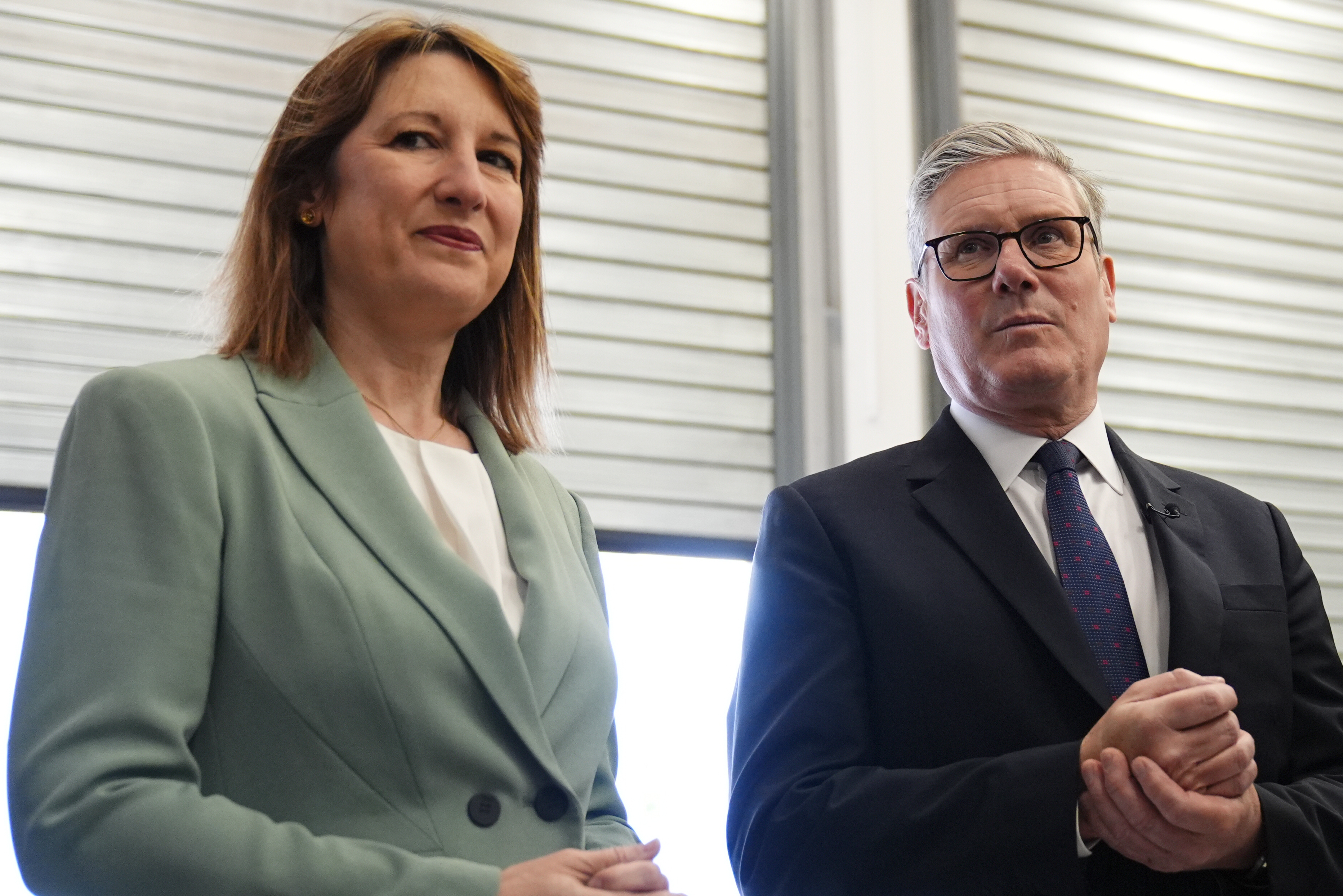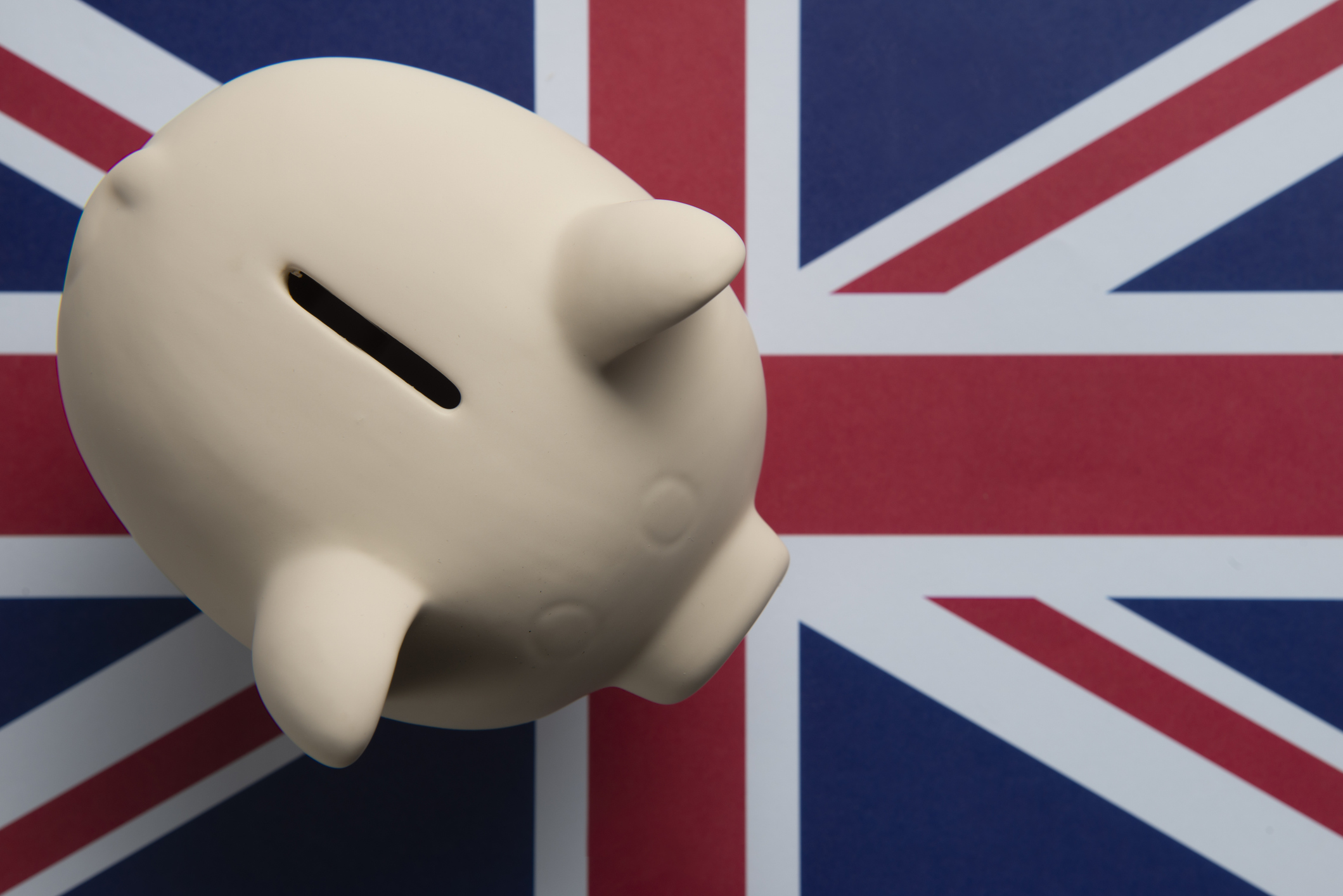Bank of England holds interest rates at 5.25% for fourth consecutive meeting – are cuts coming?
The interest rate freeze has continued. We explain what it means for borrowers and savers.


The Bank of England has held interest rates at 5.25% for the fourth time in a row.
The central bank’s monetary policy committee (MPC) held its first rate setting meeting of 2024 and announced that the cost of borrowing would remain frozen.
MPC members voted by 6 to 3 hold interest rates at the same level since August, a 15-year high.
MoneyWeek
Subscribe to MoneyWeek today and get your first six magazine issues absolutely FREE

Sign up to Money Morning
Don't miss the latest investment and personal finances news, market analysis, plus money-saving tips with our free twice-daily newsletter
Don't miss the latest investment and personal finances news, market analysis, plus money-saving tips with our free twice-daily newsletter
The move was expected by analysts but attention will turn to when interest rates will be cut.
The MPC minutes said headline consumer price index inflation has fallen back "relatively sharply", suggesting monetary policy is weighing on activity in the real economy and is leading to a looser labour market.
It follows a similar decision by the Federal Reserve in the US yesterday to leave interest rates at a 12 year high.
"Financial markets have been betting on a string of rate cuts this year, with some analysts expecting changes as early as May but, for now, the Bank of England is sticking with its cautious stance, stressing it remains determined to keep inflationary pressures at bay," says Alice Haine, personal finance analyst for Bestinvest.
What is the outlook for interest rates?
Inflation slowed towards the end of last year, hitting a two-year low of 3.9% in November, while the economy shrank 0.3% in October, suggesting that the Bank of England’s round of rate hikes was working and interest rates could be cut quicker than expected.
However, inflation rose to 4% in December, while wage growth remains higher at 6.6%, so the Bank of England still has work to do and rates could be higher for longer.
Risks to inflation remain and could mean rates stay higher for longer, the Bank of England said.
"Although services price inflation and wage growth have fallen by somewhat more than expected, key indicators of inflation persistence remain elevated," the MPC minutes say.
"As a result, monetary policy will need to remain restrictive for sufficiently long to return inflation to the 2% target sustainably in the medium term in line with the MPC’s remit.
"The committee has judged since last autumn that monetary policy needs to be restrictive for an extended period of time until the risk of inflation becoming embedded above the 2% target dissipates."
Two MPC members even preferred to increase interest rates by 0.25 percentage points, to 5.5%, while one voted for a cut to 5%.
This is a slight shift since December’s 6-3 voting pattern when six voted to leave rates unchanged and three voted for a quarter-point increase.
“With UK inflation still double its 2% target, economic growth has been better-than-feared, and the government set for more tax cuts at its March budget,” says Ben Laidler, global markets strategist at eToro.
“But enough inflation-fighting progress has been made for the Bank to begin opening the door to lower interest rates starting this summer, with four cuts likely in the second half. This would lag behind the US Fed and Europe’s European Central Bank but be welcome, and borrowers have already started to benefit from the fall in bond yields.”
Nicholas Hyett, investment manager at Wealth Club, says there is a logic to holding rates.
"The economy isn’t glowing," he says.
"But it’s not screaming in distress either. Growth is ping-ponging around zero, and wage growth is slowing but still moving upwards and rising energy prices could yet move inflation higher again later in the year.
"However, monetary policy is a supertanker not a speedboat – leave a change of direction too late and the economy will hit the rocks before central bankers can get it to slow.”
Myron Jobson, senior personal finance analyst at interactive investor says cuts are seemingly still inbound and it’s a question of when, and not if.
"The fact remains that we are in a high-interest rate environment, and we’re likely to stay in a high-interest rate environment for some time to come," he says.
"There are no indications that we will see the return of ultra-low-interest rates that ensued after the financial crash. Any cuts to the base rate are likely to be modest compared to the substantial rise in rates since early 2022.
"High-interest rates continue to have ripple effects on personal finances. As such, it remains important to keep on top of your finances and make the necessary adjustments to maintain financial resilience."
What the rate freeze means for mortgage borrowers
Borrowers on tracker mortgages will breathe a sigh of relief as the freeze means their monthly repayments will remain the same.
Lenders have been cutting mortgage rates in recent months in anticipation that the cost of borrowing hikes are over and that wholesale funding could eventually drop.
This has benefited mortgage borrowers, with average rates at 5.56% for a two-year fix and 5.18% for five years, according to Moneyfacts, while some best buy deals are below 4%.
Commentators suggests mortgage pricing could even drop further but the top rates can be pulled quickly due to high demand.
“Mortgage rates are heading in a downward trajectory, which will delight borrowers looking to get a new deal this year,” says Rachell Springall, personal finance expert at Moneyfacts.
She warns that pricing has been volatile recently, with swap rates rising slightly, making it more pressing for borrowers to secure a deal as soon as possible.
“Lenders can pull deals if they have an influx of applications, and a volatile swap rate market can put pressure on pricing where margins are already tight. It would be inevitable to see a mix of both fixed rate rises and cuts when lenders endeavour to manage consumer demand, any targets and future rate expectations,” she adds.
But Quilter mortgage expert Karen Noye has questioned how much further mortgage rates can fall without the certainty of a further cut.
"Speculation about rate cuts later in the year fuels optimism for a more buoyant housing market, potentially leading to increased affordability for homebuyers," she says.
"However, the path forward is fraught with uncertainty. Fixed-rate mortgages, which have so far benefited from a more competitive environment, may face upward pressure if the anticipated easing of monetary policy does not materialise as expected."
Mark Harris, chief executive of mortgage broker SPF Private Clients, said those coming up to remortgage in the next few months will still face a payment shock due to the higher interest rate environment, but it won’t be as bad as it could have been.
"Borrowers should plan ahead if they need a new mortgage this year and speak to a whole-of-market broker about the best deals available," he says.
"Rates can be booked up to six months before required so if you reserve one now for peace of mind you can always switch onto a cheaper rate when you come to remortgage should a lower rate become available."
What the rate freeze means for savers
Savings rates were pushed to 15-year highs last year as the base rate rose, with some deals hitting between 5% and 6%.
But the recent pause in rate hikes has also dampened enthusiasm among providers and many of the top savings deals have been pulled in recent weeks.
Springall adds that the interest rate freeze makes it important to grab the top savings deals while you can.
“Any cuts to base rate, or indeed expectations for interest rates to drop, can have a notable impact on variable savings rates, so it will be interesting to see how resilient the market will be in the months to come,” adds Springall.
“Savers must not be apathetic and assume they are benefitting from rate rises on their existing account. It is imperative consumers are proactive to review and switch their savings account if their loyalty is not being rewarded.”
With talk of interest rate cuts getting louder, adds Haine, savings rates are likely to ease further from here.
"Savers with money sitting idle in accounts offering dismal returns should lock in a top fixed-rate deal while they still can," she says.
Get the latest financial news, insights and expert analysis from our award-winning MoneyWeek team, to help you understand what really matters when it comes to your finances.

Marc Shoffman is an award-winning freelance journalist specialising in business, personal finance and property. His work has appeared in print and online publications ranging from FT Business to The Times, Mail on Sunday and the i newspaper. He also co-presents the In For A Penny financial planning podcast.
-
 UK sets out crypto regulatory proposals
UK sets out crypto regulatory proposalsThe government has tabled legislation that sets out a regulatory framework for cryptocurrencies, while the regulator will consult on balancing innovation and consumer protections
-
 What does an interest rate cut mean for my pension?
What does an interest rate cut mean for my pension?Interest rates have been cut from 4% to 3.75%. For pension savers and retirees the effects of the drop will depend on the type of retirement pot they have, but could be significant.
-
 Brits leave £31.6 billion in savings accounts paying 1% interest or less – do you need to switch?
Brits leave £31.6 billion in savings accounts paying 1% interest or less – do you need to switch?Eight million Brits hold money in savings accounts that pay 1% interest or less, meaning the value of their cash is being eroded by inflation.
-
 Buying vs renting: is is better to own or rent your home?
Buying vs renting: is is better to own or rent your home?The higher mortgage rates of recent years have actually made renting comparatively cheaper, analysis suggests. But there are hidden costs to long term renting.
-
 Hargreaves Lansdown launches first cash ISA – how does it compare?
Hargreaves Lansdown launches first cash ISA – how does it compare?Hargreaves Lansdown is offering an own brand cash ISA for the first time with their new easy-access account. How does the interest rate compare to other products?
-
 Is Britain heading for a big debt crisis?
Is Britain heading for a big debt crisis?Opinion Things are not yet as bad as some reports have claimed. But they sure aren’t rosy either, says Julian Jessop
-
 ‘My NS&I one-year British Savings Bond is maturing – what should I do with my savings?
‘My NS&I one-year British Savings Bond is maturing – what should I do with my savings?Thousands of savers will see their fixed-rate savings accounts mature next month. We consider whether you should stick with NS&I or move to a competitor
-
 How to pay in a cheque
How to pay in a chequeReceiving or writing a cheque has become much less common in recent years as instant bank transfers have grown in popularity. Amid widespread bank branch closures, we explain what to do if you get a cheque, and how you can pay one into your bank account.
-
 ‘Current account coasters’ are leaving billions of pounds languishing in low interest accounts
‘Current account coasters’ are leaving billions of pounds languishing in low interest accountsThe average saver with £10,000 or more in their zero interest current account is missing out on over £1,500 in potential interest payments, new research has revealed.
-
 Best inflation-beating savings accounts to make your money work hard
Best inflation-beating savings accounts to make your money work hardWe explore the savings accounts that can best protect your money from inflation